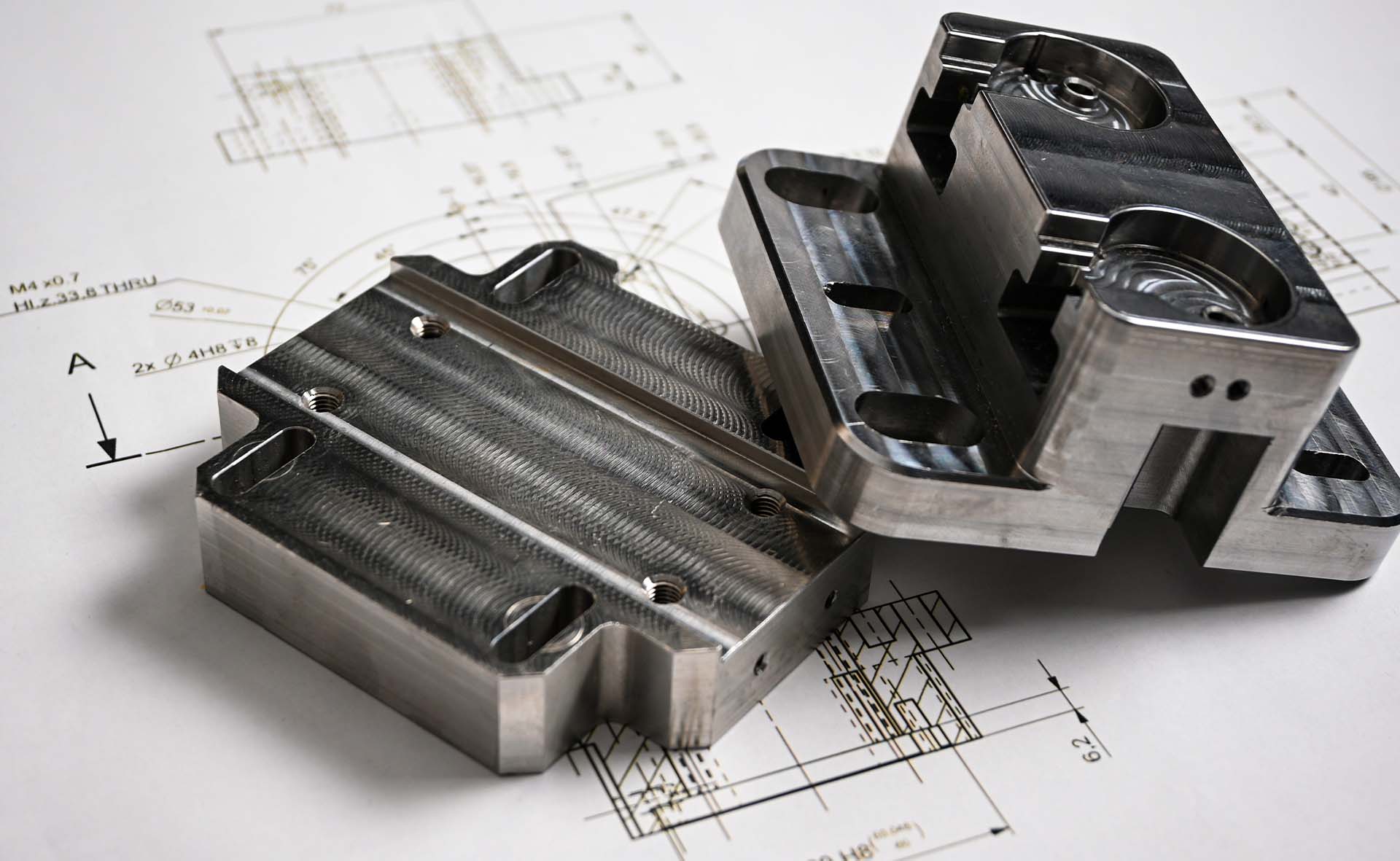Does file format matter? Absolutely! It directly affects the quality and accuracy of the final machined part. With many different file formats available, it can be confusing to determine which one is best for your CNC machining project.
In this blog post, we will explain the differences between STEP, IGS, DXF, STL, OBJ, and DWG files, and help you determine which formats are best suited for CNC machining and which are not.

STP — STP (.step) file format is the industry standard for CNC. It’s better suited when you need an extremely accurate model and is great for bringing in curves and circle as actual arcs and not splines. STEP is also often considered the best file format for sharing 3D models as it is a neutral file type. It is worth noting that the higher the model accuracy, the larger the file.
IGS — IGS (.iges) is another reliable file format option for CNC. Like STEP, IGES is widely used for transferring complex surface models, however, it is an older specification than STEP, with its last update in 1996. While still widely used today, IGES files are generally larger in size, less precise for solid models, and may not support certain modern CAD features. If file size is a concern, .STP is often the better choice.
DXF — DXF or ‘Drawing Exchange Format’ is a 2D CAD file format more commonly used for CNC laser cutting. It allows for easy transfer of geometric data such as lines, arcs, circles or polygons. When using DXF files for manufacturing, you will need to specify the material thickness. It’s important to note that DXF cannot be used for 3D models.
STEP is preferred for CNC machining and the most widely accepted file format by machinists as it ensures precise data transfer between different CAD and CAM systems.
There are also certain file formats not compatible with CNC. We’ve listed them out below.

STL — STL (.stl) is a 3D file format whereby the model is composed of triangular mesh geometry. While STL is the industry standard for 3D printing, unfortunately it cannot be used for CNC machining as the triangular mesh geometry cannot be interpreted by CAM software. And simply converting from STL to STEP does not fix this problem.
OBJ — OBJ (.obj) is a 3D file format similar to STL but with the added capability to store colour, texture and material information. However, like STL, most CAM software cannot open or use an OBJ file for CNC, as it relies on mesh-based geometry which is not suitable for machining processes.
DWG — DWG format is both a 2D and 3D file format and is a proprietary CAD format owned by AutoCAD. Whilst DWG is technically supported by many CAD packages, we would not recommend using it to send CAD files as there can often be issues with compatibility—STEP or IGES is always much preferred!

Calculate the cost to custom cnc machine your part
Have a CAD file ready? Export it in .step format and upload to our ‘get a quote’ form along with your project details (like material, finish, quantity, etc.), and our engineering team will get back with a quote within 24 hours or less.
